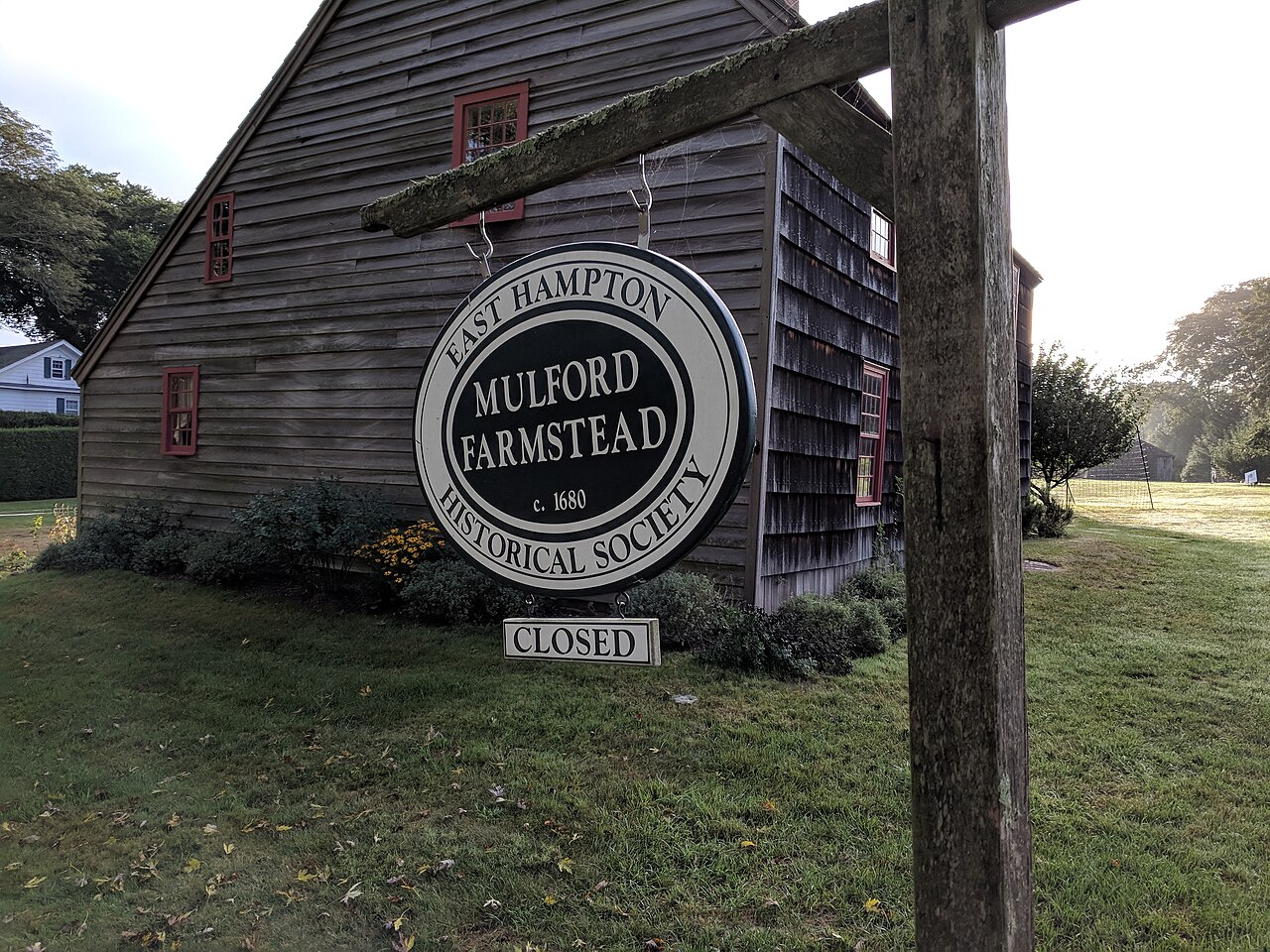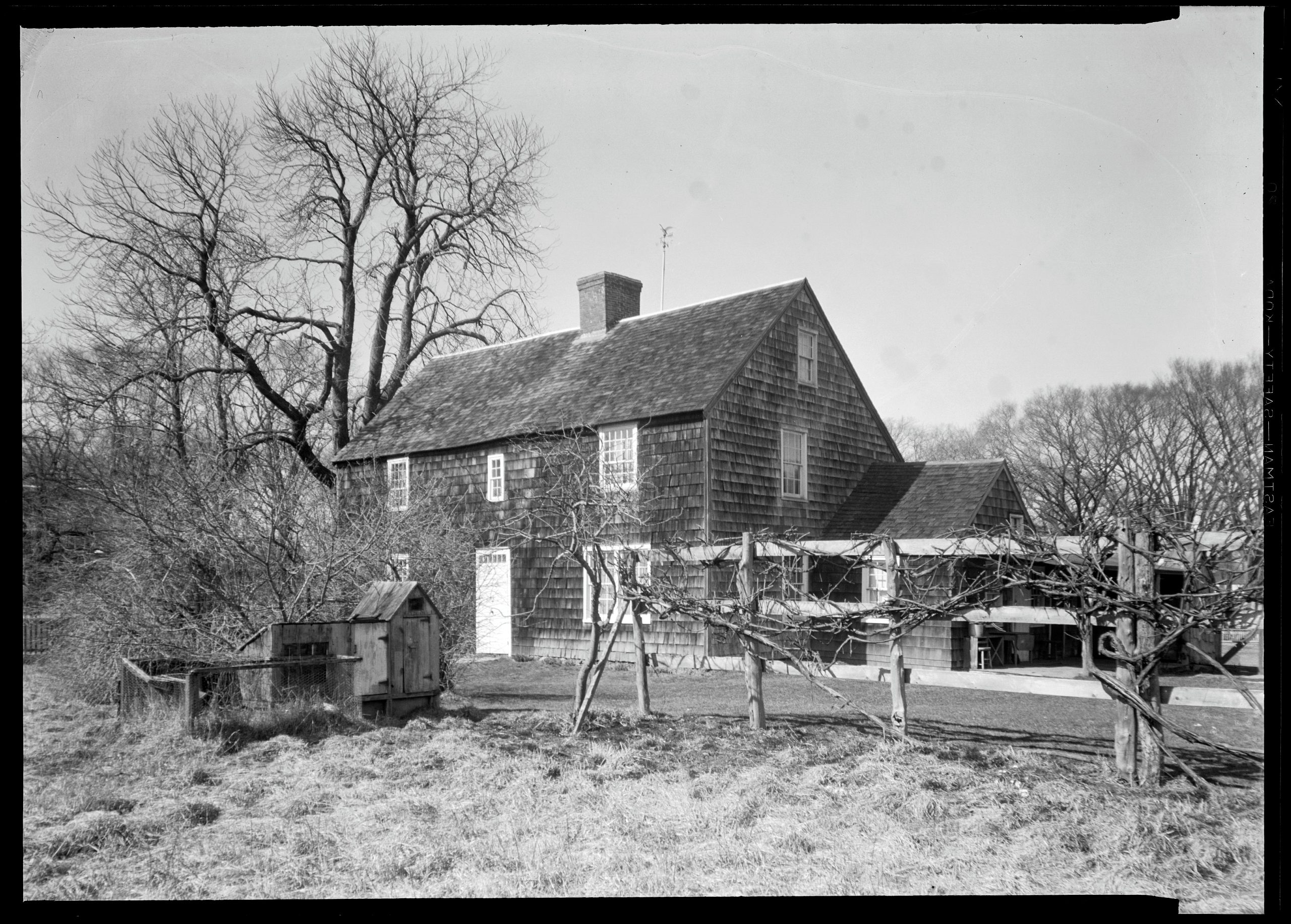Mulford Family Legacy: East Hampton to Springfield Township

By CaptJayRuffins – Own work, CC BY-SA 4.0
From East Hampton to the New Jersey Frontier
In the decades following the English conquest of New Netherland in 1664, a quiet migration unfolded across Long Island Sound. Families who had helped found the early Puritan settlements of East Hampton, Southampton, and Southold—among them the Mulfords, Meekers, Piersons, Baldwins, and Littells—began turning their eyes westward toward the open lands of New Jersey.
These settlers had come to Long Island seeking religious freedom and self-government, but by the 1660s they found both eroding under royal rule. The Duke of York’s proprietary government imposed new taxes and Anglican authority, curbing the autonomy they had cherished since the New Haven Colony days. In response, they joined a broader exodus of independent New Englanders looking for new soil and renewed liberty.
Across the narrow waters, the newly chartered province of New Jersey offered exactly that promise. Lord Berkeley and Sir George Carteret’s 1664 “Concessions and Agreements” guaranteed generous land grants, freedom of conscience, and local self-rule. Within a few years, many Long Island families—carrying their town records, church covenants, and communal ideals—had resettled along the fertile banks of the Rahway and Passaic Rivers, founding what became Elizabethtown, Newark, and Springfield.
By the early 1700s, these transplanted New Englanders had recreated their familiar civic model in the New Jersey frontier: town meetings, Congregational and Presbyterian churches, and an ethic of shared responsibility that would shape generations to come. Among them were the Mulfords of East Hampton, whose descendants helped build Springfield’s civic life and whose names appear in the earliest township records of Essex County.
Their journey from the windswept shores of East Hampton to the wooded hills of Springfield was more than a change of place—it was the continuation of a principle: that faith, freedom, and fellowship could take root wherever people were willing to build anew.
Providing Historical Context for the Mulford Lineage in Colonial and Early American New Jersey
There is a rich historical record on the Mulford family in colonial and early-American New Jersey, particularly in Essex, Morris, and Monmouth Counties, and even earlier in East Hampton, Long Island, from which the Essex line descended.
The following synthesis traces the Mulford family’s movement, civic service, and enduring presence, connecting the generations from Jeremiah through Jacob within the broader New Jersey and colonial story.
🧭 1️⃣ Origins of the Mulford Family in America
Captain John Mulford (ca. 1624–1686) was one of the original patentees of East Hampton, Long Island (1648).
-
Emigrated from England—likely from Sussex or Kent—around 1643.
-
Served as an early magistrate, militia captain, and signer of the East Hampton Articles of Incorporation.
-
His son Samuel Mulford (1671–1725), known as “Anti-Pirate” or “Whalebone Mulford,” became a colonial legislator and whaler who traveled to London to protest taxes on whale oil.
-
The Mulford House (built c. 1680) still stands in East Hampton and is preserved as a museum by the East Hampton Historical Society.
By the early 1700s, several of Captain John’s descendants migrated westward into New Jersey, settling in Elizabethtown, Newark, and Springfield—then part of Essex County.











